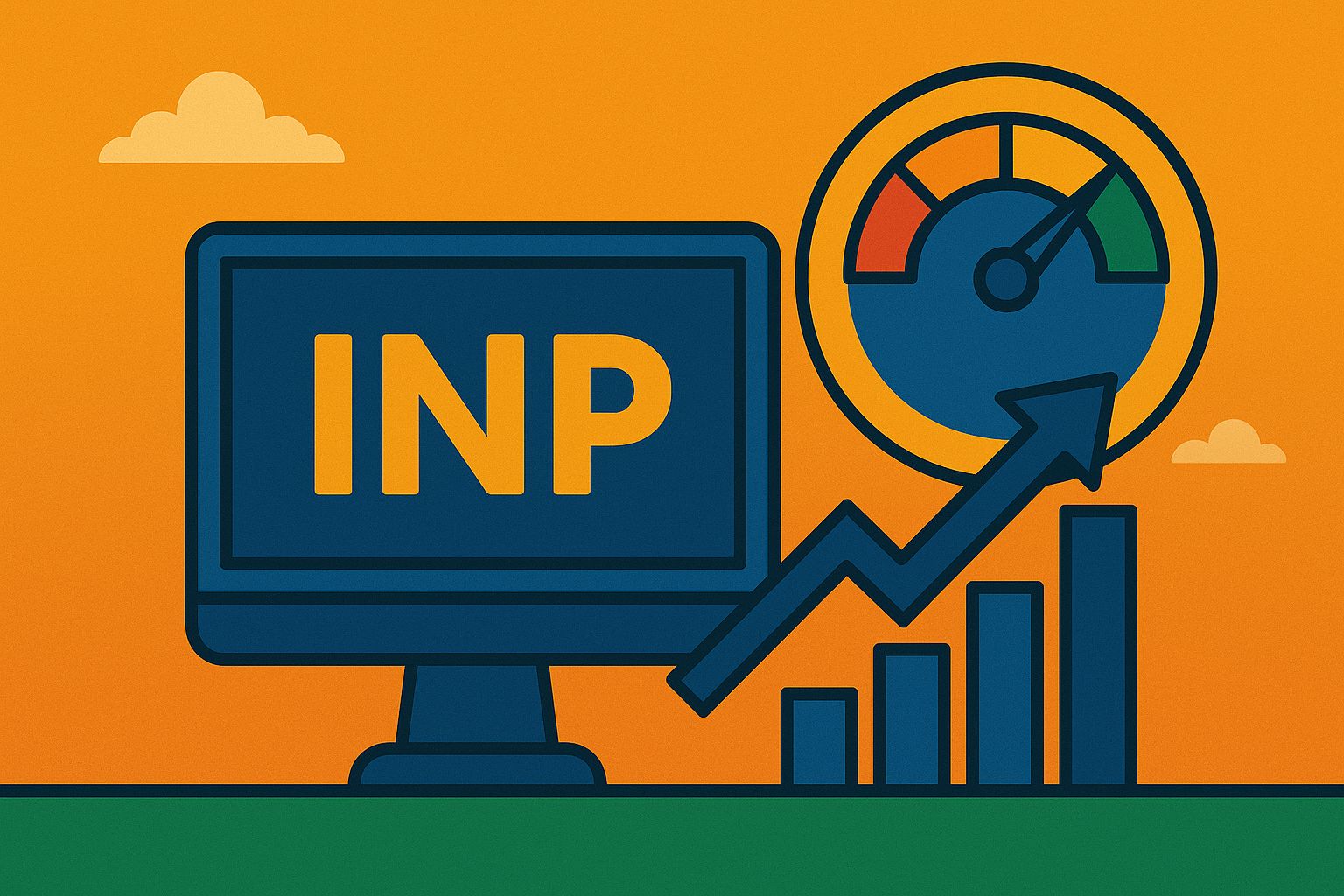Alright, folks, let’s dive into something that’s reshaping the very fabric of our education system. We’re talking about transformative teaching methods—the game-changers of modern education. Imagine walking into a classroom that’s more like an interactive workshop than a monotonous lecture hall. Picture a place where students are not just passive recipients of knowledge, but active participants in their learning journey. Sounds exciting, right? Gone are the days when teaching was all about chalk, talk, and endless note-taking. Today, it’s about engaging students, sparking curiosity, and fostering a love for learning that lasts a lifetime. Think of it as upgrading from a typewriter to the latest laptop—both get the job done, but one is clearly more suited to today’s needs. Transformative teaching methods are all about adapting to the dynamic world we live in, preparing students not just to pass exams, but to excel in real life. So, why should you care about these innovative approaches? Because they hold the key to unlocking a brighter, more engaging, and effective education system. Whether you’re a teacher, a student, or a parent, understanding and embracing these methods can revolutionise the way we think about education. Let’s embark on this journey together and explore how transformative teaching methods are turning classrooms into vibrant hubs of discovery and growth.
What Are Transformative Teaching Methods?
Picture this: You’re in a classroom where the teacher doesn’t just drone on from a textbook. Instead, they create an experience that makes you think, question, and, dare I say, enjoy learning. That’s the magic of transformative teaching. It’s all about shifting from the traditional “sit down, shut up, and listen” to “stand up, speak out, and engage.” Transformative teaching methods are those that fundamentally change how students learn and perceive information. They go beyond the basic transfer of knowledge, aiming to reshape students’ perspectives, foster critical thinking, and encourage personal growth. It’s like swapping your old black-and-white TV for a high-definition smart screen. The content might be the same, but the way you engage with it is entirely different.
Why Do We Need Transformative Teaching Methods?
So, why the big fuss? Well, let’s be honest. The old-school methods worked fine back in the day, but our world has evolved. Today’s students are digital natives, swimming in a sea of information. They need more than just rote memorisation. They need to learn how to think, adapt, and innovate. Enter transformative teaching. Think of it this way: Traditional teaching is like giving a man a fish. Transformative teaching is teaching him how to fish—and maybe even how to start a sustainable fish farm. It’s about equipping students with the skills they need to thrive in an ever-changing world.
Core Principles of Transformative Teaching Methods
Let’s break down the nuts and bolts of what makes transformative teaching tick. It’s not just about flipping the classroom upside down; it’s about fostering an environment where learning is an adventure.
- Student-Centred Learning
Transformative teaching puts students at the heart of the learning process. It’s like being the lead actor in your own blockbuster movie. Teachers act more like directors, guiding the process but giving students the spotlight.
- Critical Thinking and Problem-Solving
Gone are the days when memorising dates and formulas was enough. Today, it’s all about critical thinking. Students learn to tackle problems head-on, analyse situations, and come up with creative solutions. It’s like training to be a detective in the Sherlock Holmes league.
- Collaboration and Communication
In the real world, teamwork makes the dream work. Transformative teaching encourages collaboration. Group projects, peer reviews, and open discussions are the norm. Imagine your classroom as a think tank where every voice counts.
Examples of Transformative Teaching Methods
Alright, enough theory. Let’s get down to some real-life examples. How exactly do teachers pull off this magic trick?
- Flipped Classroom
Ever thought about flipping a pancake? Now imagine flipping a classroom. In this method, students review lecture materials at home—videos, podcasts, readings—and then come to class ready to engage in discussions and practical exercises. It’s like doing your homework in school and your schoolwork at home. Sounds quirky, but it works wonders.
- Project-Based Learning
Remember those boring science fairs? Now imagine every class project being as exciting as building a rocket. Project-based learning revolves around students working on a project over an extended period, which addresses a real-world problem. It’s hands-on, minds-on.
- Gamification
Who said learning couldn’t be fun? Gamification incorporates game elements into learning. Points, badges, leaderboards—you name it. It’s like turning your classroom into a giant video game where learning is the ultimate reward.
- Inquiry-Based Learning
Channel your inner Sherlock Holmes with inquiry-based learning. Here, students are given questions, problems, or scenarios rather than simply being presented with facts. They must use their detective skills to find the answers. It’s a method that sparks curiosity and a love for learning.
The Impact of Transformative Teaching Methods
So, what’s the big deal? Do these methods really make a difference? You bet they do.
- Enhanced Engagement
Students who are actively involved in their learning are less likely to be bored or disengaged. Transformative methods keep the learning environment vibrant and exciting. Think of it as the difference between watching paint dry and watching a thrilling action movie.
- Better Retention
When students are engaged and can see the real-world applications of what they’re learning, they’re more likely to remember the information. It’s like comparing a fleeting summer fling to a long-lasting relationship.
- Development of Essential Life Skills
Beyond the textbooks, transformative teaching helps students develop critical life skills—problem-solving, collaboration, communication, and adaptability. These are the skills that employers crave and that prepare students for a successful future.
How Can Schools Implement Transformative Teaching Methods?
Great question! Implementing these methods requires more than just a flick of the wand.
- Professional Development
Teachers need to be equipped with the knowledge and skills to implement transformative methods. This means ongoing professional development and training. Think of it as upgrading from a standard car to a high-performance sports vehicle.
- Supportive Infrastructure
Schools need the right infrastructure—technology, flexible learning spaces, and resources. It’s like trying to bake a cake; you need all the right ingredients and tools.
- Encouraging a Growth Mindset
Both teachers and students need to adopt a growth mindset. This is the belief that abilities and intelligence can be developed with effort, learning, and persistence. It’s like tending a garden; with the right care, it will flourish.
Challenges in Adopting Transformative Teaching Methods
Of course, it’s not all sunshine and rainbows. There are challenges to adopting these methods.
- Resistance to Change
Change is hard, especially when it disrupts long-standing traditions. Teachers, students, and even parents might resist at first. It’s like convincing someone to switch from their beloved flip phone to a smartphone.
- Resource Constraints
Implementing transformative methods often requires resources—time, money, technology—that some schools might lack. It’s like trying to run a marathon with a pebble in your shoe.
- Ensuring Consistency
Maintaining consistency in applying these methods across different subjects and grade levels can be tricky. It’s like trying to keep a group of cats herded together.
- Overcoming the Challenges
Every cloud has a silver lining. Here’s how schools can overcome these hurdles.
- Gradual Implementation
Start small and scale up. Implement one or two transformative methods and gradually expand. It’s like learning to swim—start in the shallow end before diving into the deep end.
- Seeking Funding and Resources
Look for grants, partnerships, and other funding opportunities to support the implementation of transformative methods. It’s like searching for treasure; the effort can yield valuable rewards.
- Building a Community of Practice
Create a community where teachers can share experiences, resources, and support each other. It’s like forming a book club, but with a focus on transformative teaching.
The Future of Transformative Teaching Methods
Where is this all heading? Transformative teaching methods are continuously evolving, adapting to new challenges and opportunities.
- Trends in Agile Practices
New trends in agile educational practices are emerging. Blended learning, hybrid classrooms, and personalised learning paths are becoming more common. It’s like education on-demand, tailored to individual needs.
- Agile in Remote and Hybrid Work Environments
The rise of remote and hybrid work environments has influenced education too. Teachers and students are leveraging digital tools to create flexible learning experiences. It’s like turning your home into a dynamic learning hub.
Conclusion
So, why should schools embrace transformative teaching methods? Simply put, they prepare students not just for exams, but for life. They make learning engaging, relevant, and fun. And who wouldn’t want to be part of that kind of educational revolution? In a nutshell, transformative teaching methods are the future of education. They’re like the secret sauce that makes the whole dish come together—delicious, satisfying, and unforgettable. So, let’s embrace these methods and transform our educational institutions into vibrant centres of learning and growth.




